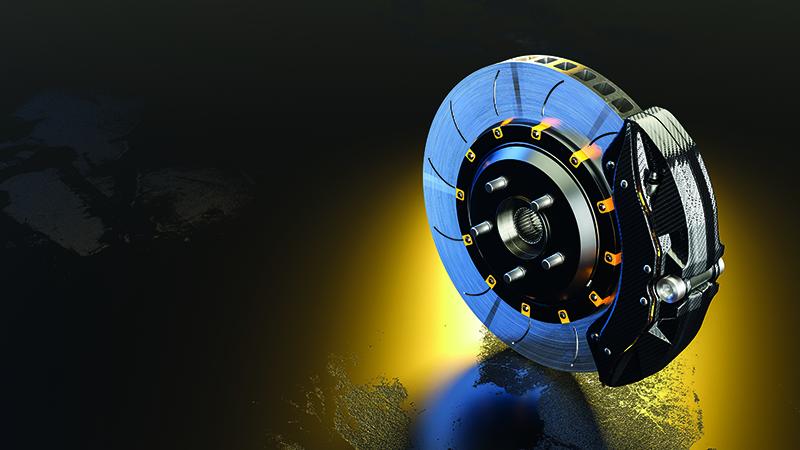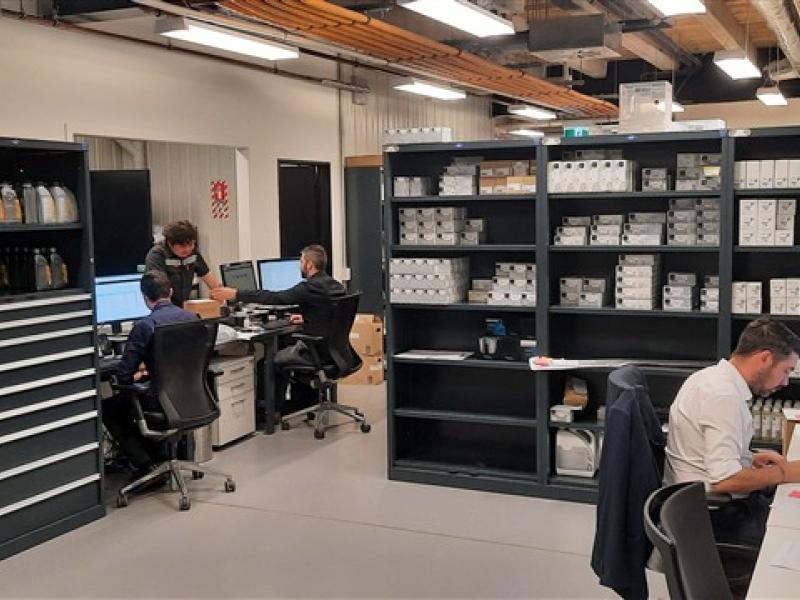Applying the brakes in a vehicle that has a well-maintained braking system, should provide the driver with a feeling of confidence and complete control.
During braking, if there’s any vibration being felt through the steering wheel or as feedback through the brake pedal, it could be ‘brake shudder’ – it’s a sign of problems within the braking system, and as well as being annoying, it reduces braking effectiveness.
Brake shudder can be caused by several things, but normally it’s because the disc brake rotors have been affected by Disc Thickness Variation (DTV). If the discs are unevenly worn, as the brake pads come into contact with the surface of the rotor, vibrations occur.
If the shudder is noticeable through the steering wheel, this normally indicates that it’s the front disc brake rotors that are affected. If the shudder is felt as a pulse through the brake pedal, this usually points to an issue with the rear rotors.
Causes of DTV
If disc brake rotors have not been installed correctly – perhaps because of uneven lug nut torque, damaged studs or debris between the hub and rotor – lateral rotor run-out can occur. This causes side to side movement as the rotor rotates rather than the rotors circulating through an even plane. Lateral run-out leads to excessive wear at certain points on the rotors because of clamp force variations due to the calipers applying varying pressure to the pads on the misaligned surface.
Brake calipers that aren’t working correctly can also contribute to brake shudder. If a caliper is holding the pad against the rotor when the brakes aren’t applied, this can lead to the rotor wearing unevenly as well.
A third possibility is incorrect fitment of brake pads. When installing a new set of brake pads, it’s important to properly bed them in. Subjecting new brakes to full operating conditions without having done this can lead to extreme thermal shock which can permanently transfer some of the brake pads’ braking compound to the rotors, making them uneven.
If Bendix brake pads have been selected, this bedding in process is not needed, as Bendix pads contain high friction Blue Titanium Stripe technology, which is designed to rapidly mate with the rotor when the brakes are first applied.
Rectifying brake shudder
Once the initial cause of the brake shudder has been identified, steps can now be taken to rectify the problem, and to make adjustments to ensure it doesn’t happen again.
In the case of incorrect fitment of the disc brake rotors, with the rotors removed, the hub face should be inspected and cleaned, to make sure that it’s free of debris. Rust and scale deposits can be tackled with WD40 and sandpaper – the surface needs to be flat and clean, as does the inner surface of the brake rotor. If the studs are damaged, replace them.
If the old rotors are within the allowable thickness for refinishing, they can be machined to restore a flat surface. If not, new rotors should be installed. To ensure a correct fit, a dial indicator should be used to determine that the rotor has been fitted between OE tolerances which typically should be less than 0.10mm.
If it’s the brake calipers that have been identified as the source of the shudder because they’re constantly holding the pad against the disc, it’s likely that seized slide pins are the culprit. These can be removed, cleaned and regreased using a suitable lubricant such as Bendix Ceramasil. If the caliper is still binding, it may need to be rebuilt or replaced.
Drivers shouldn’t put up with brake shudder, and it’s advisable that they visit a mechanic or specialist brake centre as soon as possible, to ensure a much safer and enjoyable drive.
https://www.bendix.com.au/bendix-news/diagnosing-and-rectifying-brake-shudder






